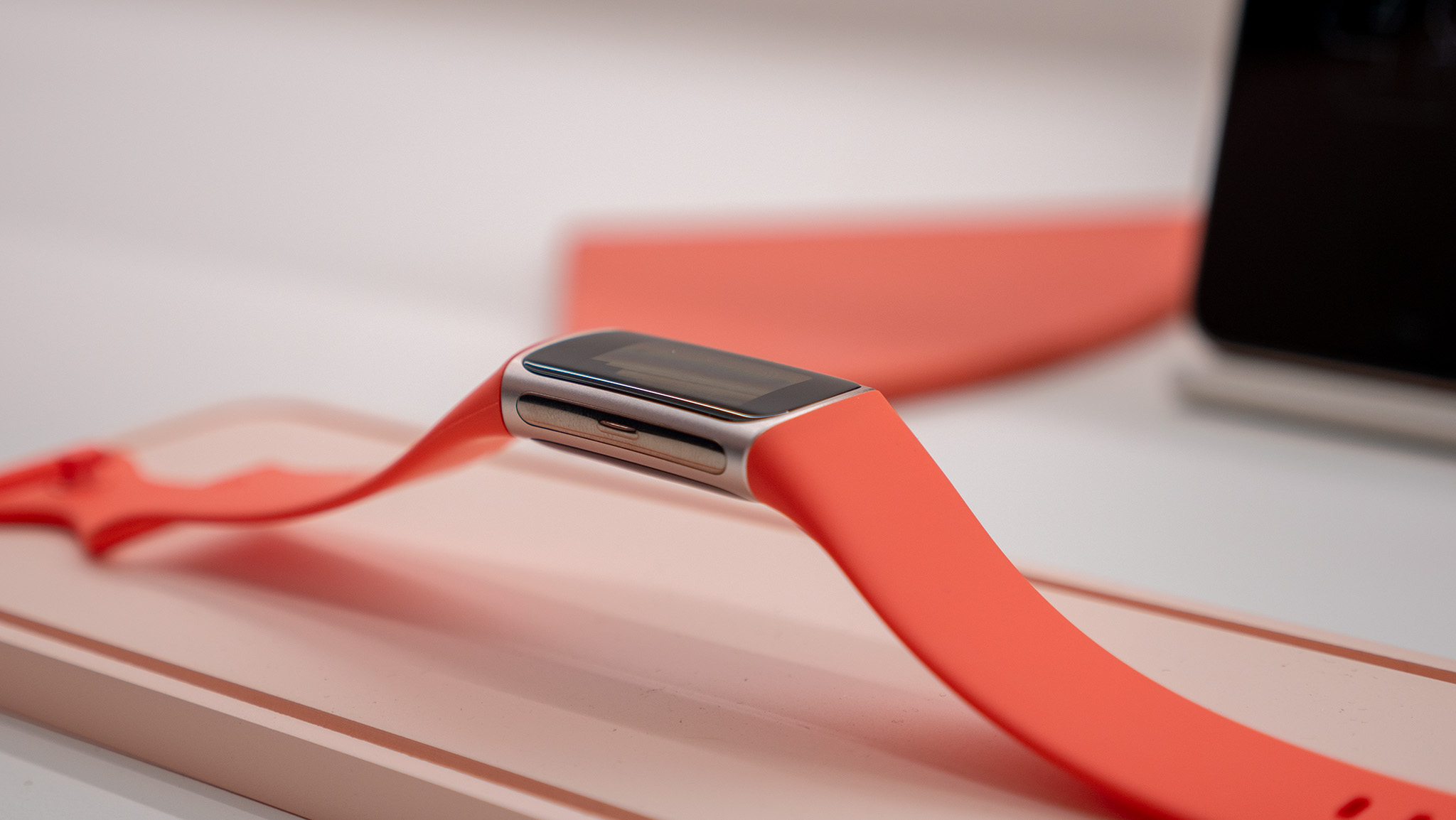The Pixel 6's colors are a clear nod to Google's past, present, and future

It's been a very, very long time coming, but the first true premium Pixel phone is coming this fall, and Google isn't skimping on the specs or the colors for its release. In fact, if you take a look at all the phones that Google has had a hand in making over the years — whether it was the Nexus series that Google made in partnership with a specific Android OEM at the time, or the Pixel series formed during HTC's slow downfall — the Pixel 6 feels like the first "real" Pixel in almost every way.
While it hasn't stopped Google's phones from regularly making it on the list of best Android phones you can buy, Pixels have always been a tightly focused experience to a fault. Nexus phones were fun but lacked polish. The original Pixel had a great camera but a lackluster design and terrible speakers. The Pixel 4 had awful battery life, and the Pixel 5 didn't ship with flagship specs.
But what these phones lacked in a certain area was often largely made up for in other areas. Despite packing what is probably the worst mobile chipset ever built, the Nexus 6p was a gorgeous metal beast from Huawei that proved Chinese OEMs were becoming a force to be reckoned with. The Pixel 2's awful screen was forgotten every time you took a picture with HDR+ enabled. The Pixel 4's bad battery life was outshined by the astrophotography mode that let #TeamPixel blow everyone else away in low-light situations.
Each of these generations had a strength, and now with Android 12's renewed focus on color, Google is showcasing the strengths of each and every one of those Pixel devices in a singular, monolithic set of phones in a subtle way: the Pixel 6 colors. So, where does Google borrow most from? Let's look at some of the most obvious examples and see how Google is improving upon its past mistakes.
Nexus 6P
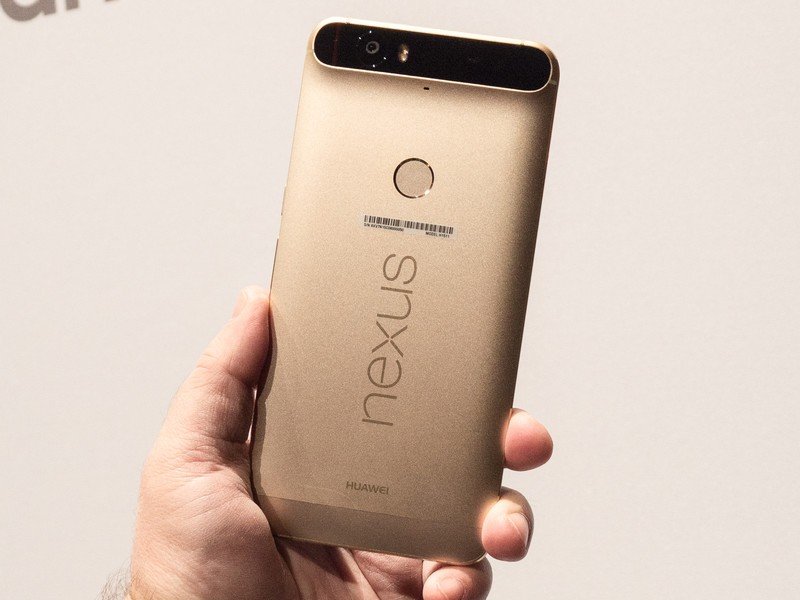
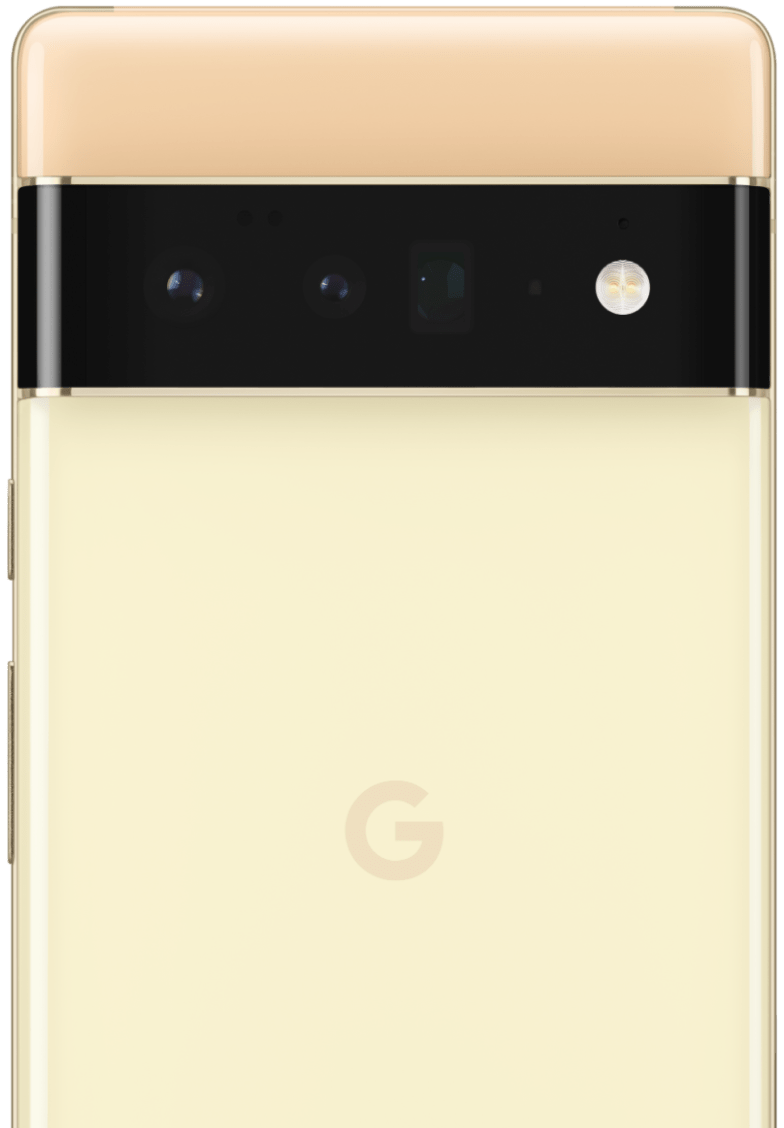
If there's one phone that Google is using as the template for the Pixel 6, it's the Nexus 6P. The camera bar design is clear and away the biggest take from the 7th and final generation of Nexus devices. While the Nexus 6P only used a single camera with a laser autofocus module and a dual-LED flash in its camera bar, Google is improving upon that situation by packing in more cameras to take advantage of the Pixel 6's giant camera bar.
More subtly, both the Aluminum and Gold color variants from the Nexus 6P are two of the three color options for the more premium Pixel 6 Pro — a sure nod to the Nexus 6P given that it was the more premium of the two Nexus models that year.
The Pixel 6 will be using the new in-house developed Google Tensor processor, the first of its kind from Google and the product of four years of research and development.
Get the latest news from Android Central, your trusted companion in the world of Android
Ironically enough, the Nexus 6P utilized the Snapdragon 810 — Qualcomm's first 64-bit mobile chip that turned out to be a disaster for companies like HTC, who were already struggling to find (or keep) a foothold in the challenging landscape. Here's hoping Google Tensor doesn't follow that first-generation curse.
Pixel 2
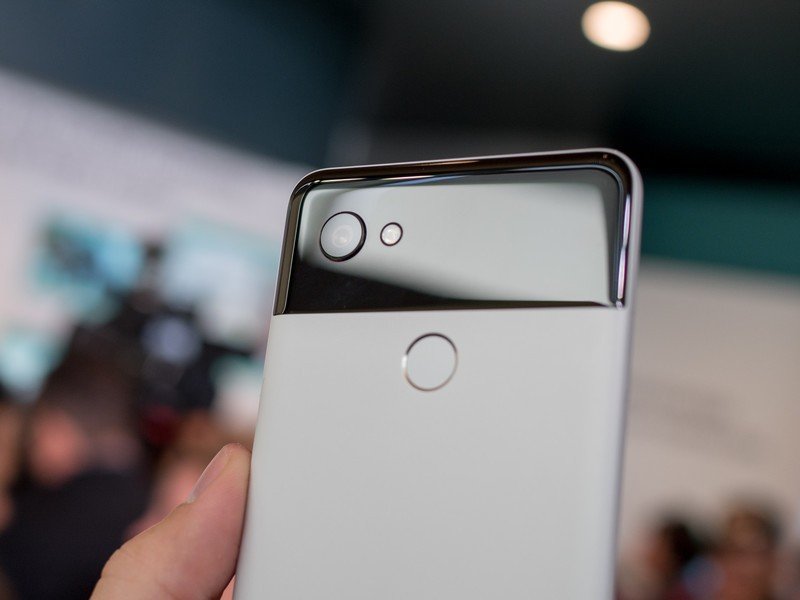

While the original Pixel began the dual material look that marked Pixel styling for three years, the Pixel 2 pulled off the look best. At its debut, everyone coveted the "panda" color variety, which featured a black shiny glass camera rectangle juxtaposed on a white phone body.
It was gorgeous, to say the least, and is clearly being used as an inspiration for the Pixel 6's incredibly brave two-tone design for most colors.
Unlike the Pixel 2, the Pixel 6's screen will likely be one of the best — if not the best — when it debuts this Fall.
While Google isn't debuting some fancy under-display camera with the Pixel 6, the small, centered punch-hole should be less annoying than having giant bezels or a side-aligned camera.
Pixel 4

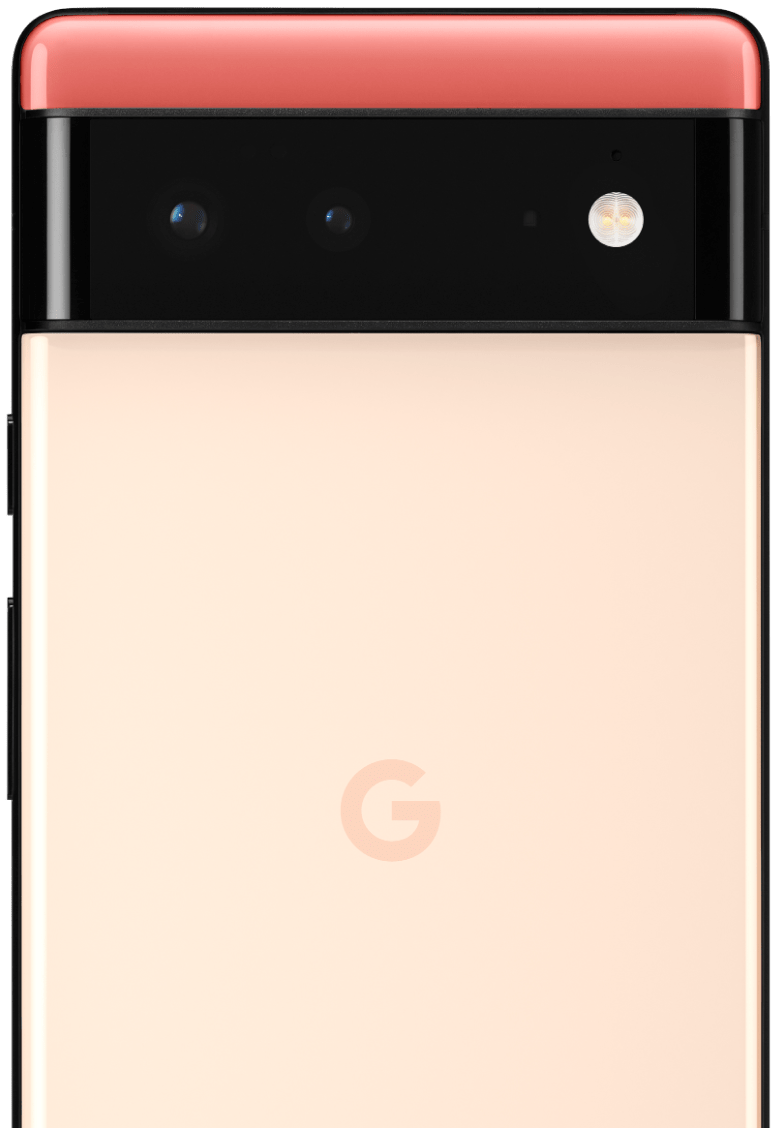
Like the Pixel 4, there's no fingerprint sensor on the back of the Pixel 6. Unlike the Pixel 4, however, that's not because it relies on facial recognition to get the job done. Instead, Google will utilize the latest-generation in-display fingerprint scanners, similar to what Samsung and other OEMs have been doing for some time.
While I'm personally not a fan of this method, the latest-generation sensors are larger, more sensitive, and a lot quicker than when they first debuted.
The Pixel 6 Pro is utilizing a brand new 4x optical zoom lens on the back — something the standard Pixel 6 won't ship with — and is a significant improvement over the paltry 1.6x lens included on the Pixel 4 line. That's going to be an amazing addition to the regular and ultra-wide-angle cameras on the back, making the Pixel 6 Pro the phone to get for photo enthusiasts.
You'll also find a hint of the Oh So Orange color that, thus far, remains exclusive to the Pixel 4 line. I'm still rocking my storage-hungry Pixel 4 XL in that Oh So Orange color and am a bit disappointed that we'll only see orange on the lesser Pixel 6. I guess I'll just have to get over it.
Pixel 5
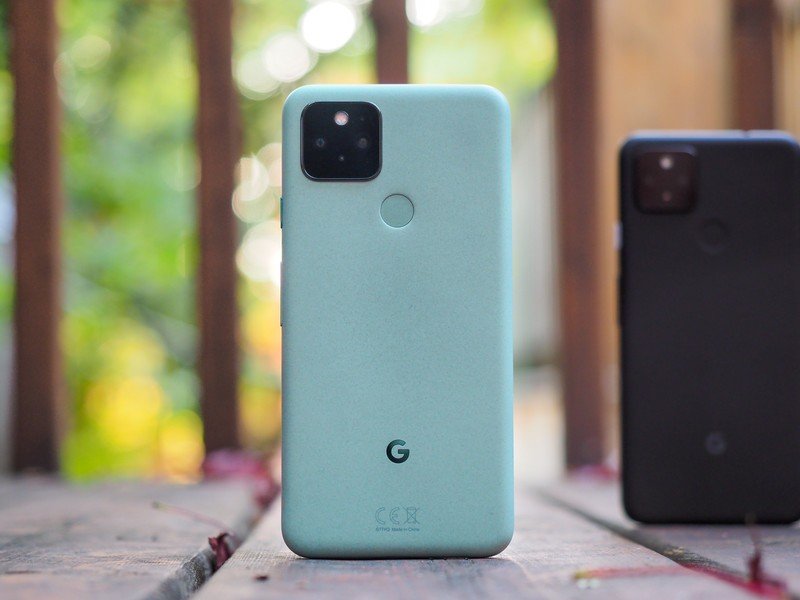
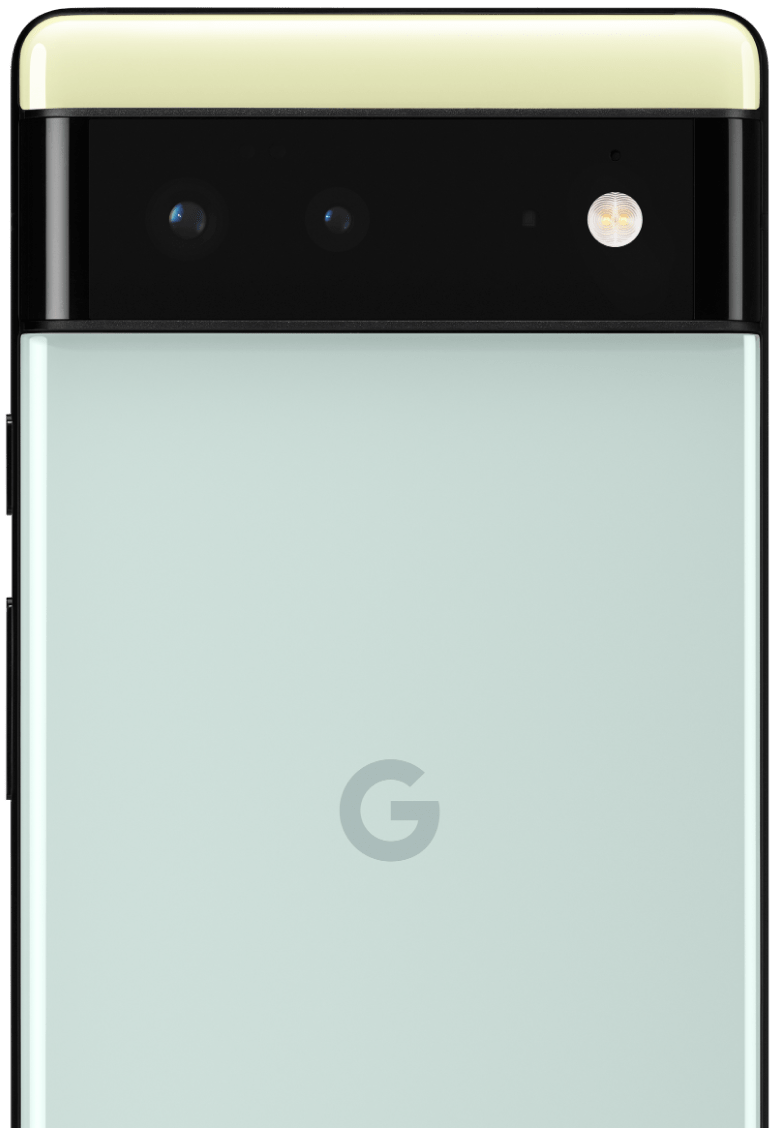
Like the Pixel 5, the Pixel 6 and Pixel 6 Pro both feature regular and ultra-wide-angle lenses. The Pixel 5 was the first Pixel phone to debut an ultra-wide-angle lens in addition to its regular camera, letting users capture the entire scene without having to keep moving back or rely on a panoramic shot.
The Pixel 6 Pro, in particular, combines both the camera strengths of the Pixel 4 and Pixel 5 into one beautiful phone, making it the ultimate Pixel camera.
On the color side of things, that Sage Green color is quite a bit less punchy on the Pixel 6, although the ultra-vibrant grass green above the camera bar makes up for it in a unique way. Like the orange color, though, this one looks exclusive to the regular Pixel 6, not the Pixel 6 Pro.
The best of all worlds
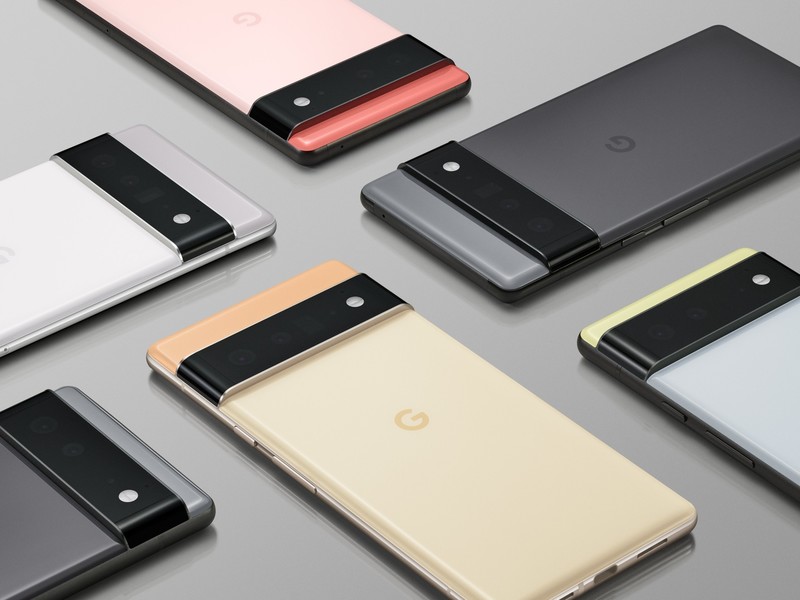
For all intents and purposes, it seems like the Pixel 6 is the first phone Google has truly gone all-in to make. With no real compromises in specs, an array of gorgeous colors that pay deep homage to its phones of yore, and a revamped camera experience powered by Google's first in-house processors, there's almost no way the Pixel 6 and Pixel 6 Pro won't be the best Pixels ever made.
Unless Google has a nasty October surprise up its sleeve, we fully expect the Pixel 6 and Pixel 6 Pro to be the perfect amalgam of everything Google has done right up until this point. How long will we have to wait to find out? Google has, historically, announced its latest Pixels in early October, meaning we've only got around 2 months to go before all the beans are spilled. Until then, we'll keep dreaming of the perfect Pixel in all its pretty colors.


